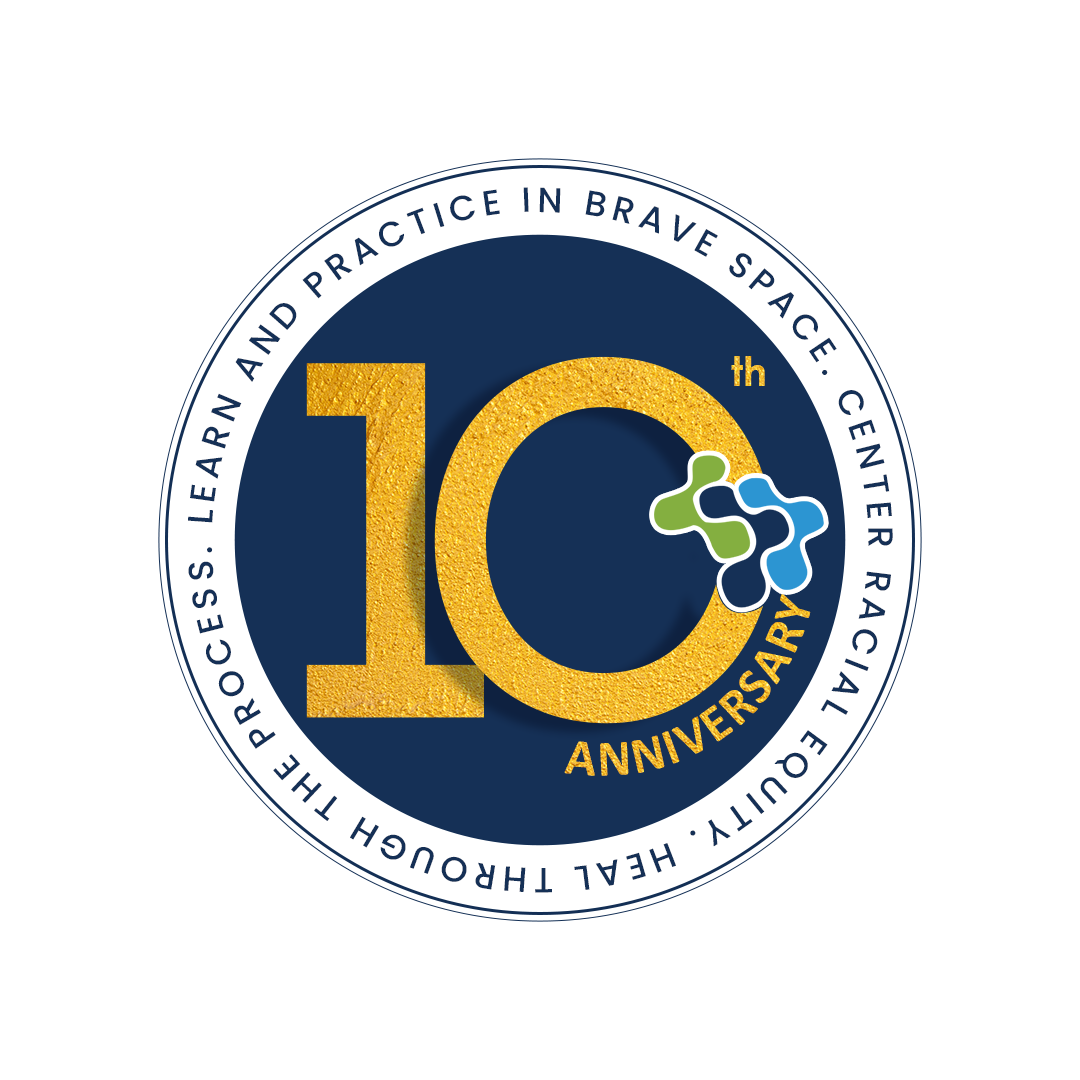To round out the end of Pride month, I want to talk about using inclusive language in everyday life. Language is a reflection of culture, and if we are determined to transform culture, it is imperative that we are intentional about how we speak. That is why this blog is dedicated to LGBTQ+ inclusive language. This work goes beyond the basics I will cover here, but the only way to change culture is taking one step at a time.
When I was an intern at the National Black Justice Coalition, I developed a toolkit about this very subject. Words have the power to reinforce stereotypes, marginalize the most vulnerable among us, and support harmful ideas about race, gender, sexual orientation and gender identity, socioeconomic status, and other factors. Language also has the power to be a revolutionary tool in dismantling existing power structures. Language has the capacity to liberate and empower.
It is important to note that language and terms are ever changing. While useful some of these terms and what they convey may change over time. It is also important to appreciate that terms, especially those connected to a person’s identity, are personal, which means it is important to engage in conversations with people with the goal of learning.
Here is a sample of terms to avoid:
| Terms | Explanation | Preferred Language |
| Biological Sex | This is a medical term used to refer to the anatomical, chromosal, and hormonal characteristics used to classify individuals as female or male. This is often seen as a binary, which excludes intersex individuals. | Assigned or Assumed Sex or Sex Assigned at Birth |
| Sexual Preference | This term implies sexuality is an individual’s choice. This term has a negative connotation and should not be used. | Sexuality or Sexual Orientation |
| Hermaphrodite | This is an outdated and derogatory term used to justify the genital mutilation of many intersex individuals. There has been increasing advocacy and awareness to shift conversations away from medical professionals and others feeling the need to “fix” intersex individuals and toward providing intersex individuals with opportunities to remain intersex past infancy |
Intersex |
Here is a sample of common LGBTQ+ terms and their definition:
| Term | Definition |
| Cisgender (cis) | A term used to describe people who identify as the gender they were assigned at birth. |
| Transgender (trans) | A term that describes people whose gender identity is different from the gender they were assigned at birth. |
| Non-binary | An adjective describing a person who does not identify exclusively as a man or a woman. Non-binary people may identify as being both a man and a woman, somewhere in between, or as falling completely outside these categories. While many also identify as transgender, not all non-binary people do. |
| Gender | The internal perception of one’s gender, and how they label themselves, based on how much they align or don’t align with what they understand their options to be. |
Finally, here is an example pronoun chart, adapted from the Trans Student Educational Network:
| Subject | Object | Possessive | Reflexive | Example |
| She | Her | Hers | Herself | She is speaking. I listened to her. The backpack is hers. She made herself a sandwich. |
| He | Him | His | Himself | He is speaking. I listened to him. The backpack is his. He made himself a sandwich. |
| They | Them | Theirs | Themself | They are speaking. I listened to them. The backpack is theirs. They made themself a sandwich. |
| Ze (Pronounced: “zee”) | Hir/Zir (Pronounced “here” or “zere”) | Hirs/Zirs | Hirself/Zirself | Ze is speaking. I listened to hir. The backpack is zirs. Ze made hirself a sandwich. |


